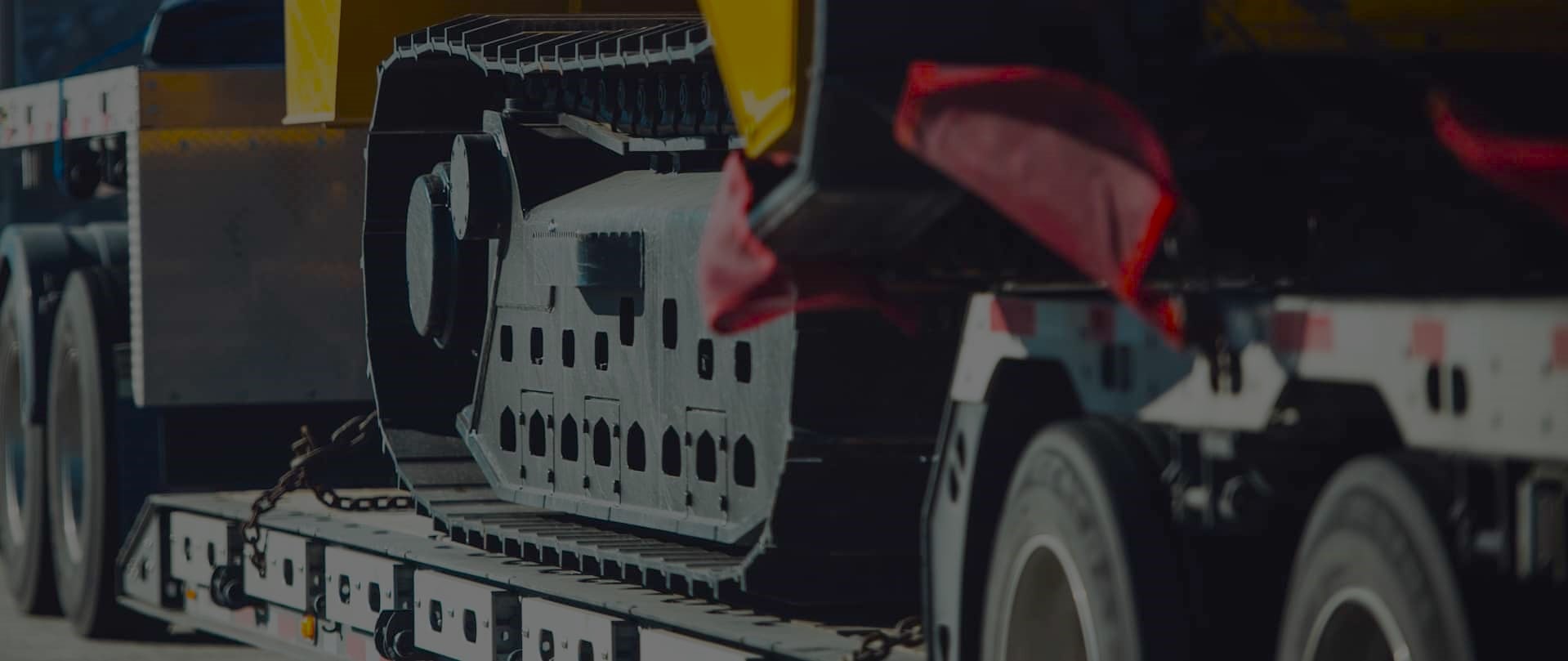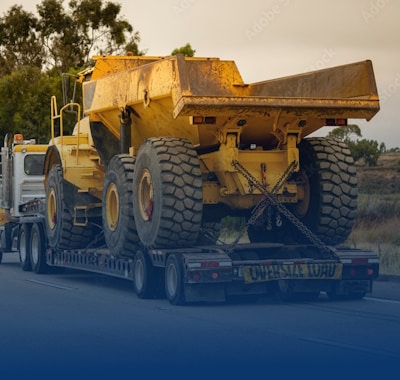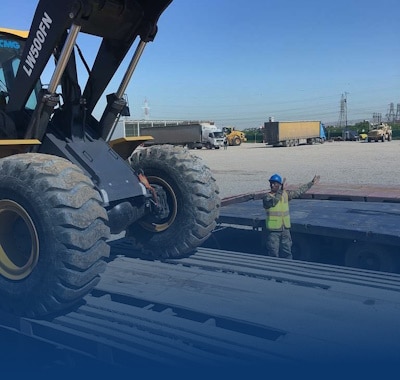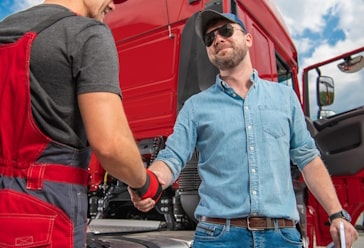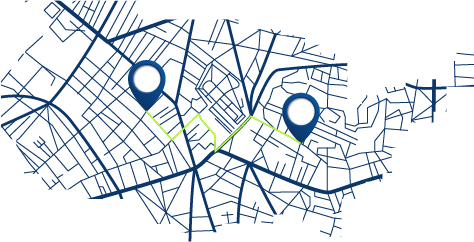How to Use Hydrostatic Steering Systems in Specialized Trailers
Freedom Heavy Haul can offer expedited Pickup and Delivery for any size shipment anywhere in the USA. Contact us today for No Hassle, No Pressure Pricing.
Moving heavy loads safely requires advanced technology. Modern trailers now feature innovative hydrostatic steering, making tight turns and rough terrain easier to handle. Companies like VSE and Sarens rely on these systems to transport massive loads without compromising stability.
VSE’s electrohydraulic steering keeps capacity high while improving control. Sarens uses Faymonville Max410 trailers with hydro-mechanical options for compact crane parts. Even in tough conditions—like Monpe Heavy Haulage’s 1,285 km journey across Africa—these applications prove their worth.
Want to learn more? Check out advancements in modular trailers for heavy-duty tasks. This tech ensures smoother handling, whether you’re navigating tight spaces or uneven ground.
What Are Hydrostatic Steering Systems?
Precision control in heavy-duty trailers starts with smart technology. These setups replace rigid mechanical links with fluid-powered agility. Imagine turning a 12-ton axle with the ease of guiding a shopping cart—that’s the *power* of modern engineering.
How Hydrostatic Steering Works
A closed-loop *hydraulic* circuit does the heavy lifting. Engine-driven pumps (like VSE’s 210-bar setup) push fluid to cylinders near the *axles*. This creates seamless *connection* between your input and the trailer’s movement.
- Speed-sensitive: Reduces responsiveness above 25 km/h for highway *safety*.
- Self-correcting: Automatically realigns after bumps or impacts.
Key Components of the System
Every part plays a role in flawless operation:
- Stainless steel lockers: Protect *hydraulic* lines from corrosion.
- Ackermann-steered axles: Optimize tire grip during sharp turns (up to *45° angle*).
- Goldhofer THP/SL-L axles: Handle 26.1-ton loads without breaking a sweat.
Differences from Traditional Steering Systems
Old-school mechanical setups can’t match this flexibility. Kässbohrer’s K.SLL 2 axles, for example, achieve *42° turns*—but lack the *safety* locks that engage at 55 km/h. Hydraulic setups also eliminate wear-prone joints, cutting maintenance costs.
Pro tip: These systems shine in wind energy transport, where tight spaces demand pinpoint accuracy.
Applications in Specialized Trailers
Transporting massive equipment demands smart solutions. From wind turbines to heat exchangers, advanced *trailers* adapt to extreme *loads* with ease. Here’s how they excel in real-world scenarios.
Heavy Load Transport: Real-World Examples
Scheuerle’s EuroCompact FL02/FL03 *trailers* feature 12.6m extendable decks. They effortlessly handle 40’ containers, ideal for ports and logistics hubs. Baumann Transport relied on Goldhofer axles to move a 274t heat exchanger—proving stability under pressure.
Monpe Heavy Haulage’s ten-axle gooseneck configuration transported CAT engines across Africa. These setups ensure *loads* stay secure, even on rough terrain.
Maneuverability for Compact and Oversized Loads
Fontaine’s Magnitude 60LCC shines in tight spaces. Its 4m configuration carries 55t *loads*, while spread axles meet regional regulations. For wind energy, Collett’s modular *trailers* move 75m turbine towers using Nooteboom Super Wing Carriers.
| Brand | Model | Capacity | Key Feature |
|---|---|---|---|
| Scheuerle | EuroCompact FL02 | 40’ containers | Telescoping decks |
| Fontaine | Magnitude 60LCC | 55t | 4m compact mode |
| Doll | S3H-S18 | 18-axle capacity | Semi low-loader design |
Industry-Specific Solutions
*Construction* sites rely on Doll’s S3H-S18 for bulky materials. Its semi low-loader design fits cranes and beams. In wind energy, Collett’s *applications* include tower sections and nacelles—each requiring pinpoint accuracy.
Did you know? Goldhofer’s THP/SL-L axles support 26.1t per line, making them a top choice for the oil and gas *industry*.
Why Choose Hydrostatic Steering for Your Trailer?
Upgrading your trailer setup can boost efficiency and safety in ways you might not expect. Advanced technology now lets you handle heavier loads while keeping maneuverability sharp. Whether you’re navigating tight job sites or long hauls, the right design makes all the difference.
Enhanced Load Capacity Without Sacrificing Flexibility
Goldhofer’s THP/SL-L axles prove that high capacity doesn’t mean bulky setups. Their 200-ton capability pairs with a low deck height for stability. Fontaine’s compact design trims trailer length by 11 feet—ideal for tight spaces.
- Weight savings: VSE’s systems max out at 190kg, lighter than traditional setups.
- Adaptive platforms: Faymonville Max110 extends for load stability without extra bulk.
Self-Correcting Mechanisms for Safety
Safety is non-negotiable when your job involves massive weights. These systems automatically realign after bumps, reducing driver stress. Broshuis’ Easy Select cuts setup time, so you’re road-ready faster.
Cost and Weight Efficiency
Fontaine’s flip-box elimination lowers upfront cost, while Rüdebusch’s 100mm ground clearance avoids terrain issues. Less weight means better fuel economy—critical for long hauls.
“The right axle position and tech can turn a tough haul into a smooth ride.”
From wind farms to oil fields, these points add up to smarter work. Your trailer shouldn’t hold you back—it should power your progress.
Optimizing Performance and Safety
Smart tech keeps your heavy hauls stable and safe on any route. VSE’s *steering* adjusts sensitivity between 25–55 km/h, preventing sway at highway speeds. Doll’s S3H-S18 replaces chains with hydraulic ramp locks—no more risky manual adjustments.
Monpe Heavy Haulage’s African convoy proved route planning matters. Goldhofer’s *axle* designs meet global rules, while Scheuerle’s clamp *trailers* need just weekly fluid checks. Kässbohrer’s detachable gooseneck speeds up *loading* by 30%.
Stay ahead with *news* on compliance updates. Whether it’s tight urban *areas* or cross-border logistics, the right *connection* between tech and strategy ensures smooth rides.
